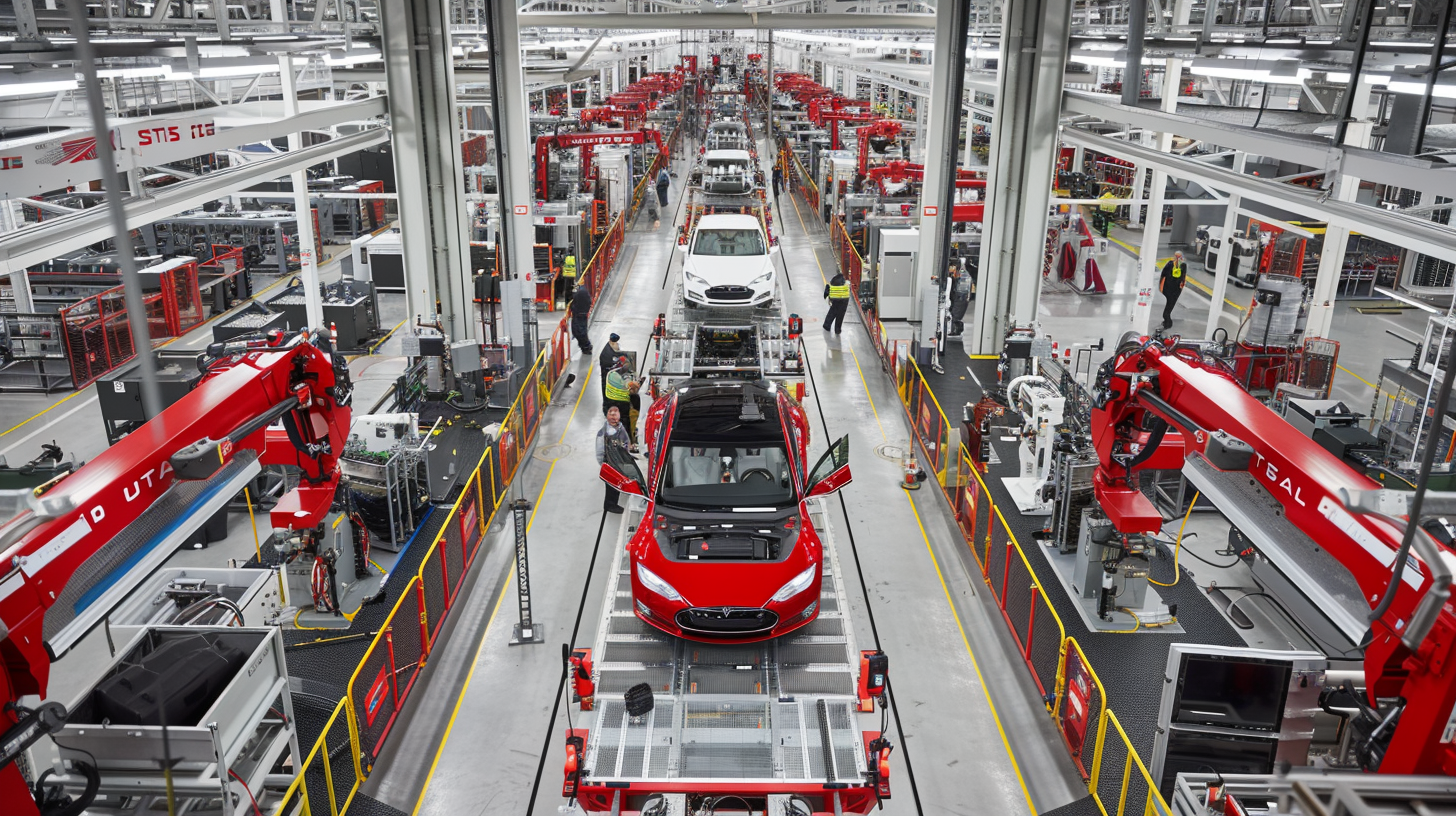| Key Points: – The PCE price index showed inflation at 2.2% in August, the lowest since early 2021. – Core PCE, excluding food and energy, rose 2.7%, staying steady with July’s reading. – The lower-than-expected inflation could prompt additional interest rate cuts by the Fed. |
The Federal Reserve’s key inflation measure, the Personal Consumption Expenditures (PCE) price index, posted a notable drop to 2.2% in August, marking the lowest inflation rate since February 2021. This is a clear signal that inflation is continuing its downward trend, positioning the Fed for future interest rate cuts.
The PCE index, which measures the cost of goods and services in the U.S. economy, saw just a 0.1% increase in August from the previous month. Economists had expected the year-over-year inflation rate to settle at 2.3%, but the actual figure came in even lower, underscoring a continued easing of inflation pressures. This development further supports the Fed’s pivot toward focusing on labor market support, rather than aggressive inflation-fighting measures.
The core PCE index, which excludes the volatile food and energy prices, rose by 0.1% in August and maintained an annual increase of 2.7%, in line with economists’ expectations. This core measure is a preferred gauge for the Fed when assessing long-term inflation trends. The steady core inflation number is likely to reinforce the Fed’s decision-making, signaling that while inflation is cooling, there are still pressures, especially in key sectors such as housing.
The recent PCE numbers are particularly crucial as they come on the heels of the Fed’s decision to cut its benchmark interest rate by half a percentage point, lowering it to a target range of 4.75%-5%. It was the first time since March 2020 that the Fed made such a significant rate cut, deviating from its typical quarter-point moves.
With inflation easing closer to the Fed’s long-term 2% target, the latest data could pave the way for additional interest rate reductions by the end of the year. Many market participants expect the Fed to make another cut by half a percentage point before the year’s end, followed by further reductions in 2025.
Fed officials have gradually shifted their focus from solely managing inflation to also supporting the U.S. labor market. Recent data has indicated some softening in the job market, with Fed policymakers noting the need to balance between maintaining price stability and ensuring continued employment growth.
Chris Larkin, managing director of trading and investing at E-Trade from Morgan Stanley, commented on the positive inflation news, saying, “Inflation continues to keep its head down, and while economic growth may be slowing, there’s no indication it’s falling off a cliff.”
Despite the positive inflation report, personal income and spending data were weaker than expected. Personal income increased by 0.2%, while spending also rose by 0.2% in August. Both figures fell short of their respective forecasts of 0.4% and 0.3%. These softer numbers suggest that while inflation may be cooling, consumer demand remains fragile, posing potential risks to broader economic growth.
Looking ahead, investors and market watchers will be closely monitoring upcoming U.S. data, including personal consumption expenditures and jobless claims, for further clues about the Fed’s next move.













